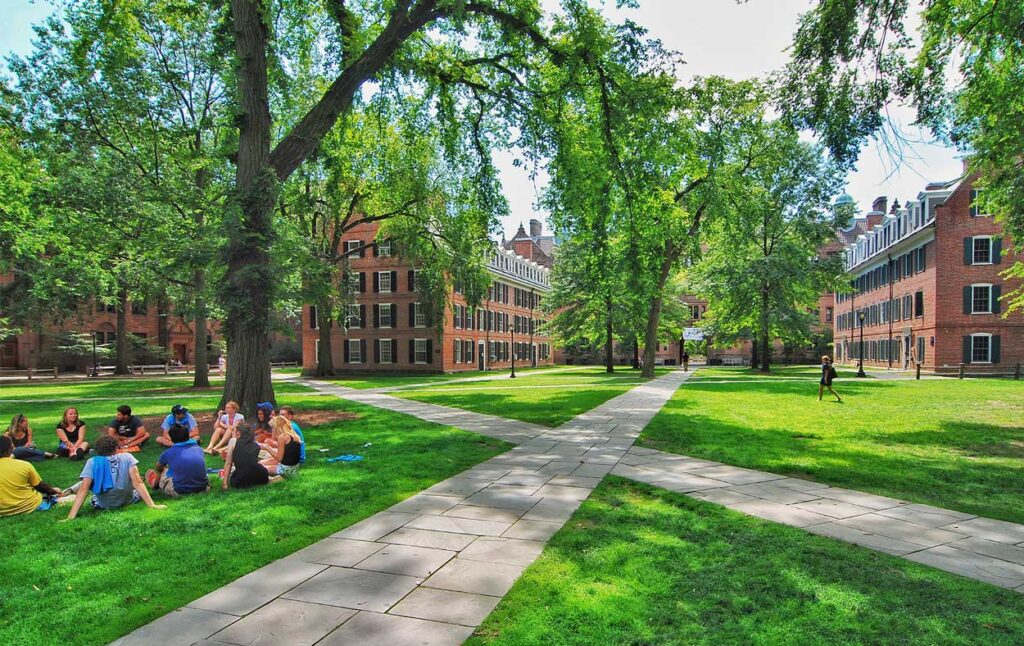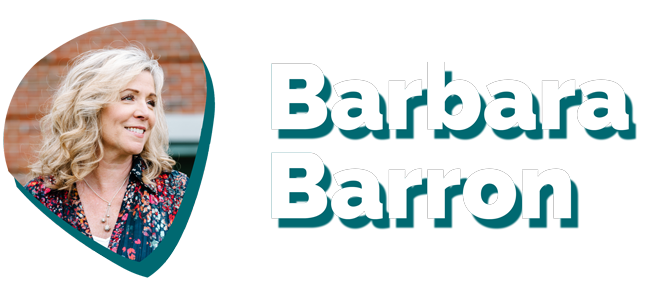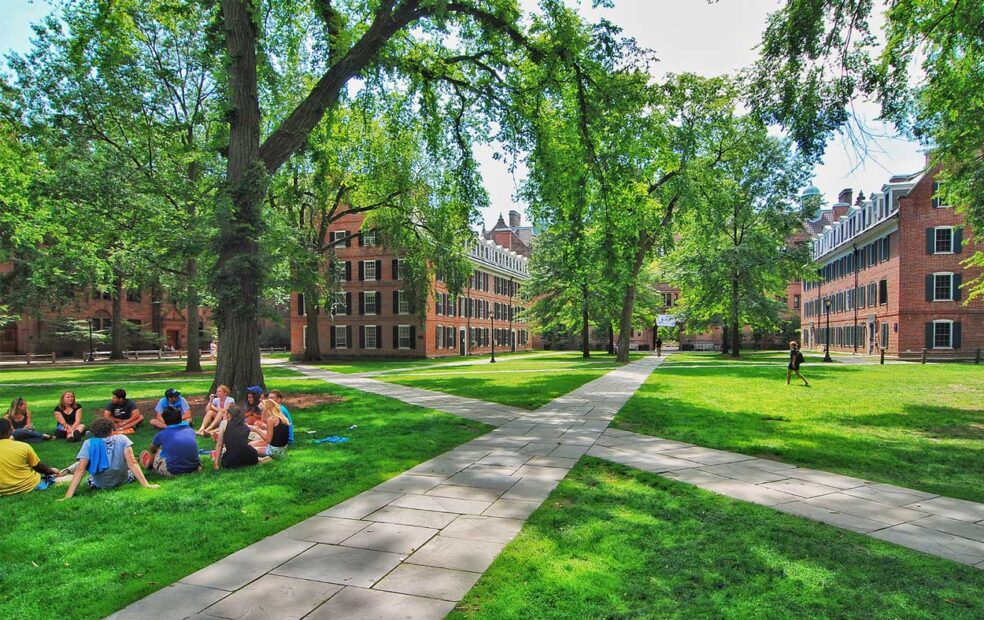February 24th, 2021 by Barbara Barron
I get why “The Gap” was created.
Back in the day, it made a certain amount of sense for independent schools who were charging tuition but still needed additional non-tuition revenue to mount annual giving campaigns to make their operating budgets work.
No doubt they were finding it incredibly challenging to explain to parents -who had just written a tuition check – why an additional gift from them was also being requested (or expected). No doubt families coming from public schools found this model particularly mystifying. After all, why didn’t the school simply charge what it actually cost? Why this nasty fundraising?
So here was a problem in search of a solution: how could a school explain their need in a way that made sense? How could they build a case for annual support that was in any way clear, never mind, compelling?
Now, I’m imagining this next part. Some hard working, under-valued someone, tucked away in a development office somewhere, had a moment. Wait! What if we called it “the gap”? Imagine the feelings of the exhausted person who cracked that nut!
You can see it starting to take shape in their mind: “We can simply explain to parents that the actual cost of the program we offer is $XX more than we charge for tuition. Ere go – the gap!

Further, we can explain that if we ever really charged that true amount, we’d lose a huge portion of our middle-class enrollment and rapidly become a school filled with mostly well-to-do students. There would be only a handful of students on financial aid. So much for a richly diverse community we have and love. Yuck! No one wants that! Yep. The Gap it is!”
And so, it got legs. Boards approved. Development professionals everywhere breathed a collective sigh of relief because they had their answer! They had the language. Parents understood this concept and, to their credit, felt the responsibility to “do their part” to make up this gap.
Schools everywhere adopted this approach. Some took great pains to illustrate the literal gap — the non-tuition revenue needed to balance the budget, divided by the number of students. And for many donor families, they responded with gifts of precisely that amount. (Small aside: I have a terrible, vivid memory of sitting with a wealthy family and hearing the dad say, “So the gap is $5,000, right?” and before I can respond, he hands me a check made out for that amount. I felt sick. I’d failed to get ahead of that Mack truck — the dreaded gap.)
“Wait a second, Barbara. He handed you a check. What is the problem, again?”
Well, in that situation, the dad could have easily written a check for three times that amount. But, for the dang gap. It preempted us.
The overarching problem, dear reader, is that – in my humble opinion – any school using the “gap strategy” is effectively putting a lid on the level of generosity that families might entertain. It lowers the bar. It kills the very concept and practice of philanthropy from your giving program.
Sounds dramatic — but it’s true.
For the families of significant means, like the dad above, when presented with what appears to be merely a “fee”, they are only too happy to pay it, to cover their fair share. Instead, they could have given a more meaningful, even transformational gift. To families looking to invest in a community and a program they believe in, to share their abundance to make wonderful things happen, this approach feels pretty lackluster. No emotion. Zero impact.
And it’s not just the wealthy families this affects. Since most gaps are in the $5,000-10,000 range (or far more!), families receiving financial aid can’t possibly consider a gift like that. And even if their appeal letter doesn’t directly reference it, if a school publishes a gap anywhere, consider it everywhere. Families receiving financial aid, in my experience, tend to be very generous within their means. But with the gap approach, either they choose not to give at all or do so feeling like their gift is meaningless since it falls so far below the mark.
None of this is good. Donors don’t want us to simply get by, pay the bills, keep the lights on. Yuck. I am mystified when I read appeals from wonderful, inspiring, forward leaning schools that still resort to this scarcity mentality language.
Beyond all of that negativity, this approach leaves us no place to go when talking about what’s possible for a school. And that’s where the magic lies.
Let’s ignore the gap. Instead, let’s clearly show our supporters that our budgets are built conservatively and responsibly. Explain that they are managed by professional and competent nonprofit experts, with fiduciary oversight from committed and experienced Boards. Let’s illustrate that, while tuition and (if we have it) ancillary income cover the basics, it is the Annual Fund (the primary source of non-tuition revenue) that allows our programs to grow, to respond, to soar.
This is the moment to talk about the myriad benefits of supporting our schools. Tell stories about the students who contribute to the vibrancy of life in the classroom and on campus. The people who are our children’s lifelong friends, but who, without the Annual Fund, might not be able to be part of our communities.
Give examples of talented, dedicated faculty and their ongoing professional growth and development that keeps them engaged and improving their craft. Explain that in order to attract and retain those excellent educators, we need to pay them a living wage and provide for the ever-increasing cost of health insurance and other essential benefits. All from the Annual Fund.
Next, detail how our educational programs, always evolving and responsive to our rapid changing world, need the Annual Fund to provide for enhanced technology and other resources.
Finally, share how the Annual Fund empowers our Heads and administrative teams to respond daily to the challenges and opportunities that arise. To help them deliver on the promise embedded within each of our vital missions. Imagine a school without those resources over this past year. I know of some. They are hurting. Some are closing.
Unless we are willing to raise tuition to such a degree that it drives away half of our community, we will continue to rely on a robust Annual Fund. So, let’s make them powerful, joyful, engaging campaigns that celebrate all that is good and special about our schools.
Say it with me: “No more gap!”
When we make this shift, our conversations with parents and other donors will be about all the great ideas our teachers have. About all the places the program wants to go. The talented kids we can begin to serve. We will begin to connect our donors and their giving to those initiatives. And then, with thoughtful stewardship, we may earn the opportunity to begin to talk about the ways they can truly make the school’s dreams come true through their major gifts — or other leadership capacity building initiatives.
It may sound lofty, but I have been in many meetings just like that. They are so awesome! It’s what makes all the rest of the work worthwhile. And not just for you as the advancement professional but for your Head of School, your Board members, and – most critically — for your donors.
It’s up to us to start and lead the conversation. To shift the narrative to being about the change we wish to see. At first, you’ll encounter resistance. People might be scared they won’t know what to say to counter the objections. Go find the stories. Ask the teachers. The small, meaningful moments make the best examples. Be specific and real.
Start a campaign to gather the evidence of the benefits derived from a healthy Annual Giving program. Continually look for what wants to happen. Discover what is ready to grow or change or improve. See what needs just a little extra support.
If you think it’s time for your giving program to move away from the message of scarcity and simply “getting by” (i.e. filling the gap) towards one that celebrates generosity in all its forms and leads to a truly thriving school, I am here to help you. We can take this idea and run with it. We can write the narrative at your school and train your community to talk in a renewed and energized way. Let’s raise more money for your fine school. Together.
As always, stay well,
Barbara Barron

[email protected] // @BBAdvancement







